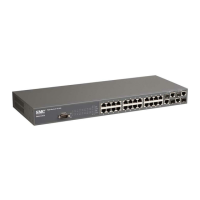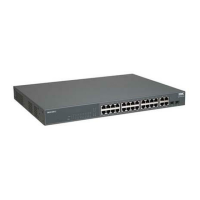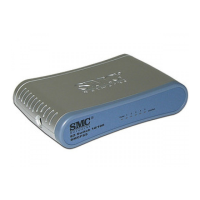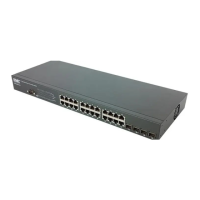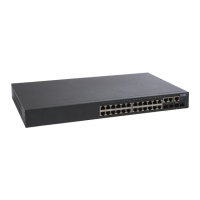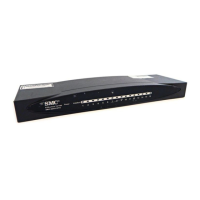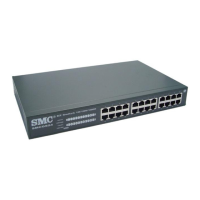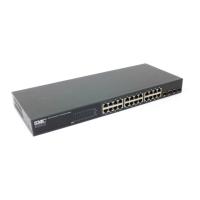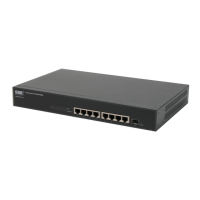C
ONFIGURING
THE
R
OUTING
I
NFORMATION
P
ROTOCOL
17-37
a simple password. When a router is configured to exchange
authentication messages, it will insert the password into all transmitted
protocol packets, and check all received packets to ensure that they contain
the authorized password. If any incoming protocol messages do not
contain the correct password, they are simply dropped.
Command Attributes
• VLAN – ID of configured VLAN (1-4093).
• Receive Version – The RIP version to receive on an interface.
- RIPv1: Accepts only RIPv1 packets.
- RIPv2: Accepts only RIPv2 packets.
- RIPv1 or RIPv2: Accepts RIPv1 or RIPv2 packets. (Default)
- Do Not Receive: Does not accept incoming RIP packets.
(The default depends on the setting specified under RIP / General
Settings, Global RIP Version: RIPv1 - RIPv1 or RIPv2 packets, RIPv2 -
RIPv2 packets)
• Send Version – The RIP version to send on an interface.
- RIPv1: Sends only RIPv1 packets.
- RIPv2: Sends only RIPv2 packets.
- RIPv1 Compatible: Route information is broadcast to other routers
with RIPv2. (Default)
- Do Not Send: Does not transmit RIP updates.
(The default depends on the setting specified under RIP / General
Settings, Global RIP Version: RIPv1 - RIPv1 Compatible, RIPv2 -
RIPv2 packets)
• Instability Preventing – Specifies the method used to reduce the
convergence time when the network topology changes, and to prevent
RIP protocol messages from looping back to the source router.
(Default: Split Horizon)
- None: No method is used. If a loop occurs, the hop count for a route
may be gradually incremented to infinity (i.e., 16) before the route is
deemed unreachable.
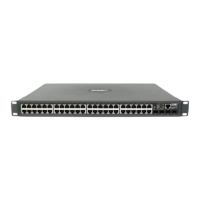
